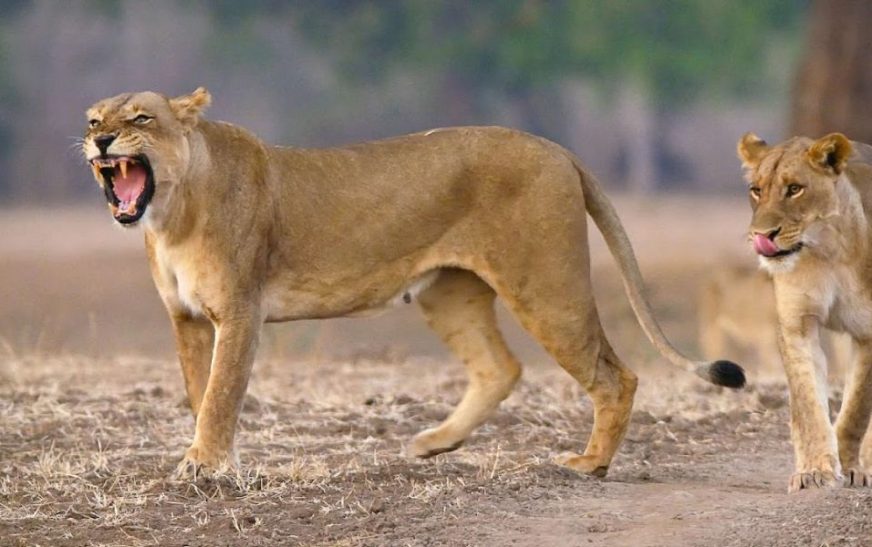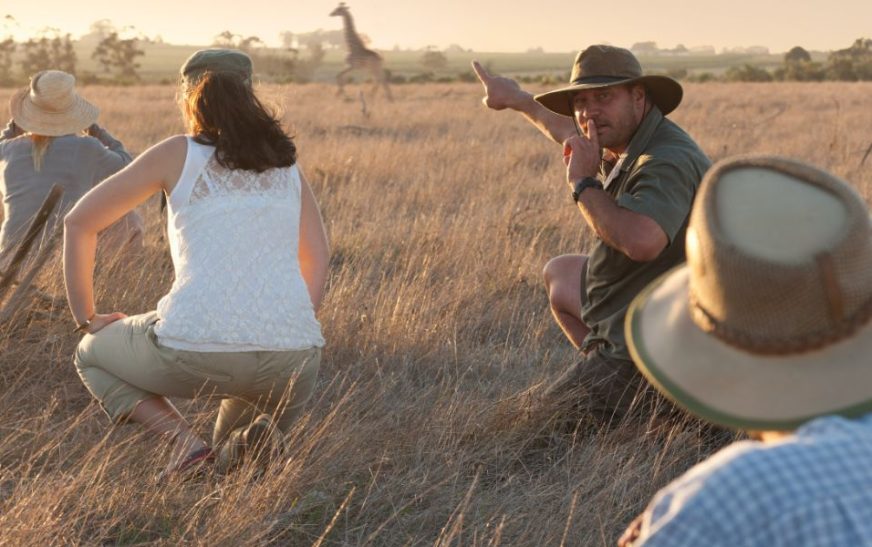In the realm of conservation and the protection of our planet’s rich biodiversity, there exist unsung heroes known as ‘Guardians of the Wild.’ These dedicated individuals and organizations work tirelessly to safeguard our precious wildlife and their habitats. Wildlife sanctuaries play a pivotal role in this mission, serving as the last refuge for many endangered species. In this comprehensive blog, we delve into the world of wildlife sanctuaries, their significance, and the tireless efforts of those committed to their preservation.
The Essence of Wildlife Sanctuaries
Wildlife sanctuaries are more than just protected areas; they are the safe havens for countless species facing extinction. These sanctuaries are the cornerstones of conservation efforts, meticulously designed to provide a secure habitat for animals while minimizing human interference.
A Glimpse into Nature’s Diversity
Within these sanctuaries, one can witness a breathtaking diversity of life, from the majestic Bengal tiger prowling through the tall grasses to the elusive snow leopard that blends seamlessly with the Himalayan landscapes. These ecosystems are a testament to the intricate web of life on our planet.
Biodiversity Hotspots
Many wildlife sanctuaries are located in biodiversity hotspots, areas of exceptional species richness and endemism. These locations host a variety of flora and fauna found nowhere else on Earth. The protection of these habitats is crucial to maintain the delicate balance of life.
The List of Notable Wildlife Sanctuaries
Let’s embark on a journey through a carefully curated list of some of the world’s most significant wildlife sanctuaries. Each of these sanctuaries is a unique testament to the variety and wonder of our natural world.
Sundarbans Wildlife Sanctuary
Situated in the delta of the Ganges, Brahmaputra, and Meghna rivers, the Sundarbans is the largest mangrove forest in the world. It’s home to the Bengal tiger, saltwater crocodile, and an astonishing variety of bird species.
Serengeti National Park
Located in Tanzania, the Serengeti is famed for the Great Migration, where millions of wildebeest, zebras, and other animals move in search of fresh grasslands. It’s a UNESCO World Heritage Site and a true spectacle of nature.
Galápagos Islands
These islands, made famous by Charles Darwin’s studies, are a living laboratory of evolution. The Galápagos are home to unique species found nowhere else, including giant tortoises, marine iguanas, and blue-footed boobies.
Raja Ampat Islands
Nestled in the heart of the Coral Triangle, Raja Ampat is a paradise for divers and marine enthusiasts. It boasts an incredible variety of marine life, including the elusive manta ray and the pygmy seahorse.
Chitwan National Park
Located in Nepal, Chitwan National Park is one of the last strongholds of the one-horned rhinoceros and the Bengal tiger. The park’s lush jungles and diverse wildlife make it a must-visit for nature lovers.
The Importance of Wildlife Sanctuaries
Wildlife sanctuaries serve a multitude of crucial roles in preserving our planet’s natural heritage.
Conservation of Endangered Species
They provide a sanctuary for endangered species, allowing them to breed and thrive under protection.
Ecological Balance
They help maintain ecological balance by preserving habitats and ensuring the survival of species that play essential roles in the ecosystem.
Scientific Research
Wildlife sanctuaries offer researchers a unique opportunity to study and understand various species and their habitats, aiding in conservation efforts.
Final Words
In conclusion, the tireless efforts of the Guardians of the Wild are essential to the survival of countless species. The world’s wildlife sanctuaries stand as testaments to the dedication and passion of these protectors of nature. Their work is an investment in the future of our planet, ensuring that generations to come can witness the beauty of the wild.
Commonly Asked Questions
1. How do wildlife sanctuaries benefit local communities?
Wildlife sanctuaries often support local communities through eco-tourism, creating jobs and generating revenue. They also provide educational opportunities and raise awareness about the importance of conservation.
2. Are there threats to wildlife sanctuaries?
Yes, wildlife sanctuaries face numerous threats, including habitat destruction, poaching, and climate change. Conservation efforts strive to mitigate these challenges.
3. Can I visit wildlife sanctuaries?
Many wildlife sanctuaries are open to visitors. However, it’s essential to follow ethical guidelines and respect the wildlife and their habitats.
4. How can I support wildlife sanctuaries?
You can support wildlife sanctuaries by donating to conservation organizations, volunteering, and spreading awareness about the importance of preserving these vital habitats.
5. What are the future challenges for wildlife sanctuaries?
Future challenges include adapting to changing climates, addressing human-wildlife conflicts, and maintaining funding for conservation efforts.










